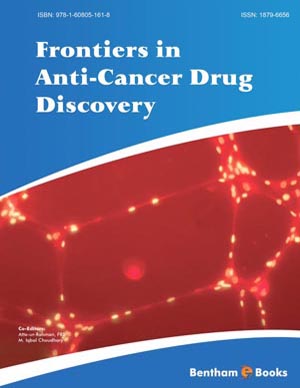Abstract
Proliferation, motility and differentiation of vascular endothelial cells (ECs) are critical steps in angiogenesis and are strictly controlled by different extracellular signals. Among mitogens, peptides binding to tyrosine kinase receptors (i.e. VEGFs and FGFs) are well known and are released by several cell types, including ECs and tumor cells. The binding of mitogens to their specific receptors triggers intracellular signalling cascades, involving a number of messengers working in a sort of network. In particular, in this review we describe the increases of calcium levels in the cytosol, a universal, evolutionary conserved and highly versatile signal involved in the regulation of EC's proliferation and motility.
Most mitogens generate cytosolic calcium rises through two mechanisms: entry from extracellular medium, through the opening of calcium permeable channels in the plasmamembrane, and release from intracellular organelles (mainly endoplasmic reticulum, ER).
Calcium entry, the main topic of this review, can be dependent on previously IP3- activated emptying of calcium stores (store-dependent or capacitative calcium entry - CCE), or independent on it (non capacitative calcium entry, NCCE). The intracellular pathways underlying calcium entry are under investigation and recently arachidonic acid (AA) and nitric oxide (NO) metabolism have been suggested to play a key role, at least in some cell types. Even if some calcium entry blockers are under clinical trial with encouraging results, a better knowledge about the molecular nature of calcium channels and their intracellular regulation, together with a more detailed description of spatiotemporal dynamics of intracellular calcium events, could lead to new and more specific strategies in therapeutical approach to cancer progression and angiogenesis.
Keywords: Calcium, angiogenesis, endothelial cells, signal transduction, tyrosine kinase receptors, eicosanoids, nitric oxide






















